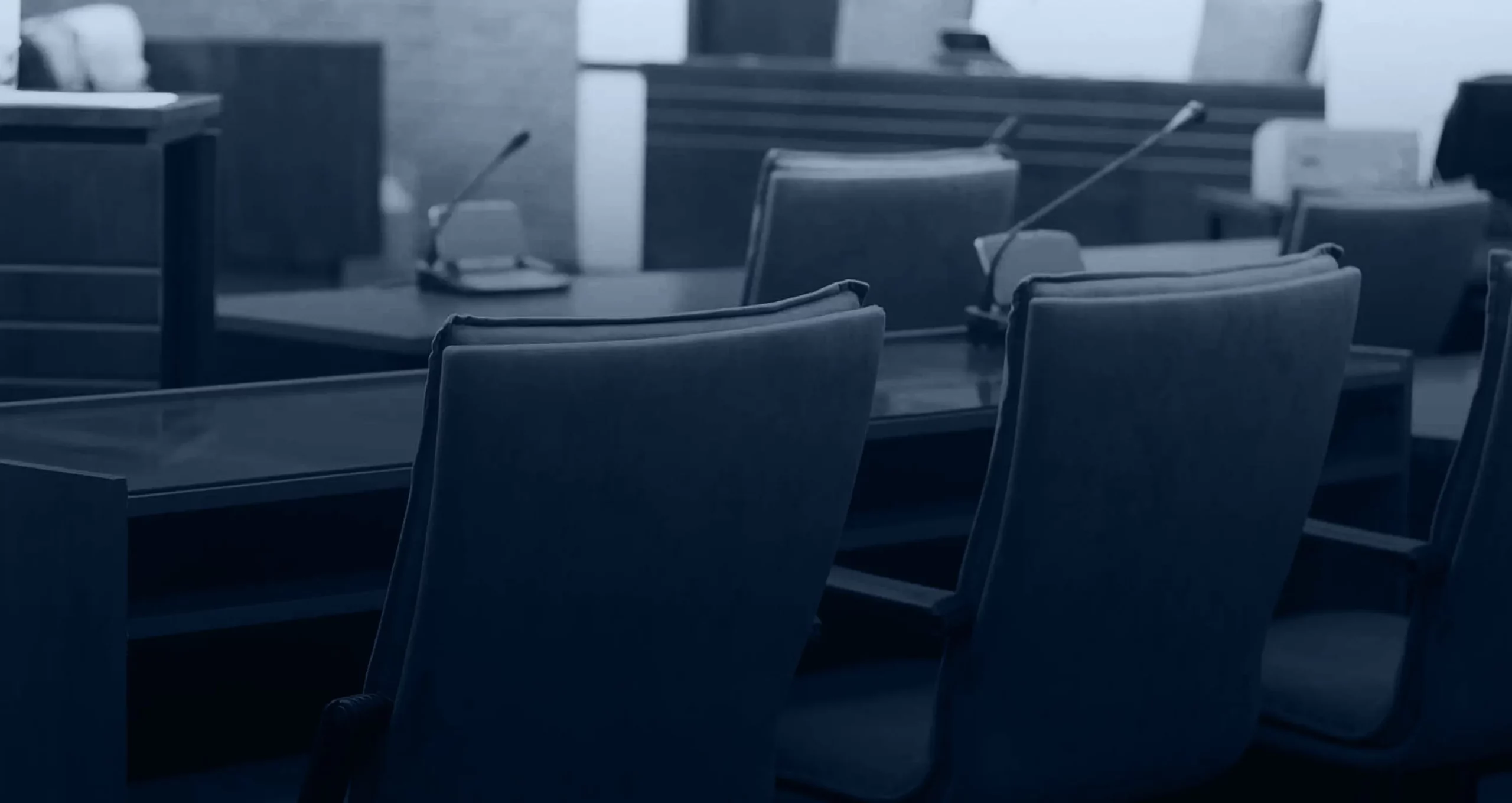Red light cameras have become a common sight at Illinois intersections. They automatically photograph vehicles that enter intersections after the light turns red, capture images of the license plate, and subsequently send a citation to the registered owner.
What started in 2003 with just two cameras in Chicago has grown into a widespread system affecting drivers across the state. Understanding how these cameras work and what happens when you get a ticket has become an important aspect of driving in Illinois.
How Red Light Cameras Work
Red light cameras look like simple traffic lights, but they’re actually sophisticated monitoring systems that work around the clock. Here’s what happens when you approach a camera-equipped intersection:
- Multiple cameras capture your vehicle from different angles
- Radar systems track your approach speed and position
- The camera records several seconds before and after the violation
- Both automated systems and humans review the evidence
- City officials mail citations within a few days
This careful documentation process aims to create an airtight case for each violation, making tickets harder to contest and more likely to hold up if challenged.
Illinois Law on Red Light Camera Operation
Illinois law requires yellow light intervals at camera-equipped intersections to follow nationally recognized engineering standards (three seconds) plus an additional second above that standard. Other regulations require warning signs and regular equipment testing. However, there’s an ongoing debate about whether these requirements are consistently met.
What the Numbers Show
Since 2008, red light cameras have collected more than $1.56 billion in fines from Illinois drivers. In just five years (2019–2023), local governments collected over $500 million, with Chicago’s cameras accounting for the majority at $223.8 million.
Some individual cameras are particularly profitable. In 2022, the most lucrative single camera brought in $3.3 million in fines.
Why Illinois Drivers Are Skeptical of Red Light Cameras
Not all drivers are convinced that safety is the main objective of red light cameras. Here’s why:
- The staggering amount of money Illinois collects from red light camera ticket fines
- Studies showing more rear-end vehicle collisions at intersections with cameras, contradicting safety claims
- Certain municipalities issue more tickets than they have residents; in 2022, Bedford Park wrote 23 tickets per resident
- Local officials being charged with accepting bribes related to camera placement
- The impact on local economies, with businesses actively avoiding areas with aggressive camera enforcement
The public is concerned that prioritizing revenue generation pushes safety to the back seat.
Challenging a Red Light Camera Ticket
A provision of Illinois law allows drivers to challenge red light tickets. When that dreaded envelope arrives, you have several options:
- Pay the fine (usually $100, doubling to $200 if late)
- Contest the ticket within seven days
- Request to review the evidence
- Provide documentation of extenuating circumstances
Note that paying the fine is the path of least resistance since fighting a ticket requires time and effort — and often costs more than just paying it.
Have Red Light Cameras Made Illinois Roads Safer?
There’s mixed information regarding the effectiveness of red light cameras. Here are some key points:
- Side-impact (T-bone) collisions have decreased by approximately 15% at intersections with cameras.
- After Chicago installed red light cameras, rear-end crashes increased by 22% at those intersections, potentially offsetting safety gains.
- Studies from Case Western Reserve University found no measurable improvement in traffic safety.
- Cameras change driver behavior, causing more abrupt braking and increasing potential injury risks.
- Over half of intersections with cameras were already among the safest in the state prior to installation.
Overall, the current implementation appears to create as many problems as it solves.
The Reality of Red Light Cameras in Illinois
The idea of installing red light cameras at intersections is a good one, considering that these locations repeatedly report some of the highest collision numbers. However, administrators need to acknowledge that the system has its flaws in order to redraft the implementation policies to promote what really matters: safety for drivers and pedestrians on the roads.
Contact the Chicago Car Accident Law Firm of Zayed Law Offices Personal Injury Attorneys for Help Today
For more information, please contact the experienced Chicago car accident lawyers at Zayed Law Offices Personal Injury Attorneys today. We offer free consultations.
We proudly serve Cook County, Will County, Kendall County, and its surrounding areas:
Zayed Law Offices Personal Injury Attorneys – Chicago Office
10 S La Salle St STE 1230, Chicago, IL 60603
Phone:(312) 726-1616
Hours: Open 24/7
Our firm is located near you. We have an office in Chicago
Find us with our GeoCoordinates: 41.8815493,-87.6327515
Zayed Law Offices Personal Injury Attorneys – Joliet Office
195 Springfield Ave, Joliet, IL 60435
Phone: (815) 726-1616
Our firm is located near you. We have an office in Joliet
Find us with our GeoCoordinates: 41.5254295,-88.1381011








